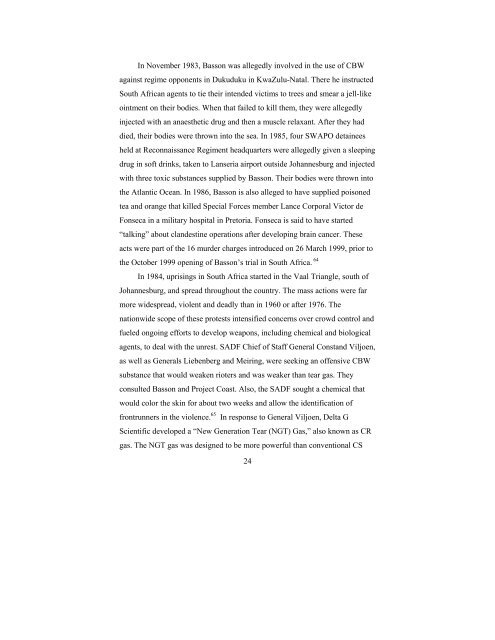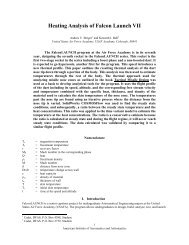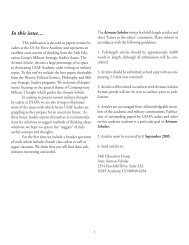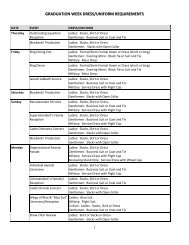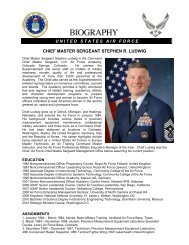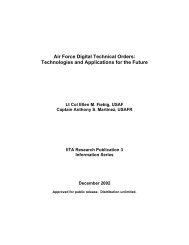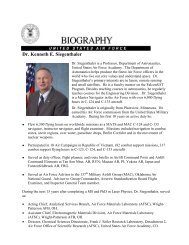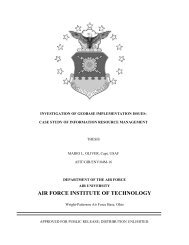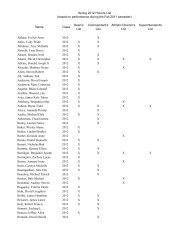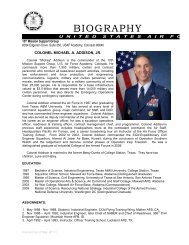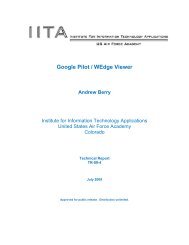the rollback of south africa's biological warfare program
the rollback of south africa's biological warfare program
the rollback of south africa's biological warfare program
You also want an ePaper? Increase the reach of your titles
YUMPU automatically turns print PDFs into web optimized ePapers that Google loves.
In November 1983, Basson was allegedly involved in <strong>the</strong> use <strong>of</strong> CBW<br />
against regime opponents in Dukuduku in KwaZulu-Natal. There he instructed<br />
South African agents to tie <strong>the</strong>ir intended victims to trees and smear a jell-like<br />
ointment on <strong>the</strong>ir bodies. When that failed to kill <strong>the</strong>m, <strong>the</strong>y were allegedly<br />
injected with an anaes<strong>the</strong>tic drug and <strong>the</strong>n a muscle relaxant. After <strong>the</strong>y had<br />
died, <strong>the</strong>ir bodies were thrown into <strong>the</strong> sea. In 1985, four SWAPO detainees<br />
held at Reconnaissance Regiment headquarters were allegedly given a sleeping<br />
drug in s<strong>of</strong>t drinks, taken to Lanseria airport outside Johannesburg and injected<br />
with three toxic substances supplied by Basson. Their bodies were thrown into<br />
<strong>the</strong> Atlantic Ocean. In 1986, Basson is also alleged to have supplied poisoned<br />
tea and orange that killed Special Forces member Lance Corporal Victor de<br />
Fonseca in a military hospital in Pretoria. Fonseca is said to have started<br />
“talking” about clandestine operations after developing brain cancer. These<br />
acts were part <strong>of</strong> <strong>the</strong> 16 murder charges introduced on 26 March 1999, prior to<br />
<strong>the</strong> October 1999 opening <strong>of</strong> Basson’s trial in South Africa. 64<br />
In 1984, uprisings in South Africa started in <strong>the</strong> Vaal Triangle, <strong>south</strong> <strong>of</strong><br />
Johannesburg, and spread throughout <strong>the</strong> country. The mass actions were far<br />
more widespread, violent and deadly than in 1960 or after 1976. The<br />
nationwide scope <strong>of</strong> <strong>the</strong>se protests intensified concerns over crowd control and<br />
fueled ongoing efforts to develop weapons, including chemical and <strong>biological</strong><br />
agents, to deal with <strong>the</strong> unrest. SADF Chief <strong>of</strong> Staff General Constand Viljoen,<br />
as well as Generals Liebenberg and Meiring, were seeking an <strong>of</strong>fensive CBW<br />
substance that would weaken rioters and was weaker than tear gas. They<br />
consulted Basson and Project Coast. Also, <strong>the</strong> SADF sought a chemical that<br />
would color <strong>the</strong> skin for about two weeks and allow <strong>the</strong> identification <strong>of</strong><br />
frontrunners in <strong>the</strong> violence. 65 In response to General Viljoen, Delta G<br />
Scientific developed a “New Generation Tear (NGT) Gas,” also known as CR<br />
gas. The NGT gas was designed to be more powerful than conventional CS<br />
24


